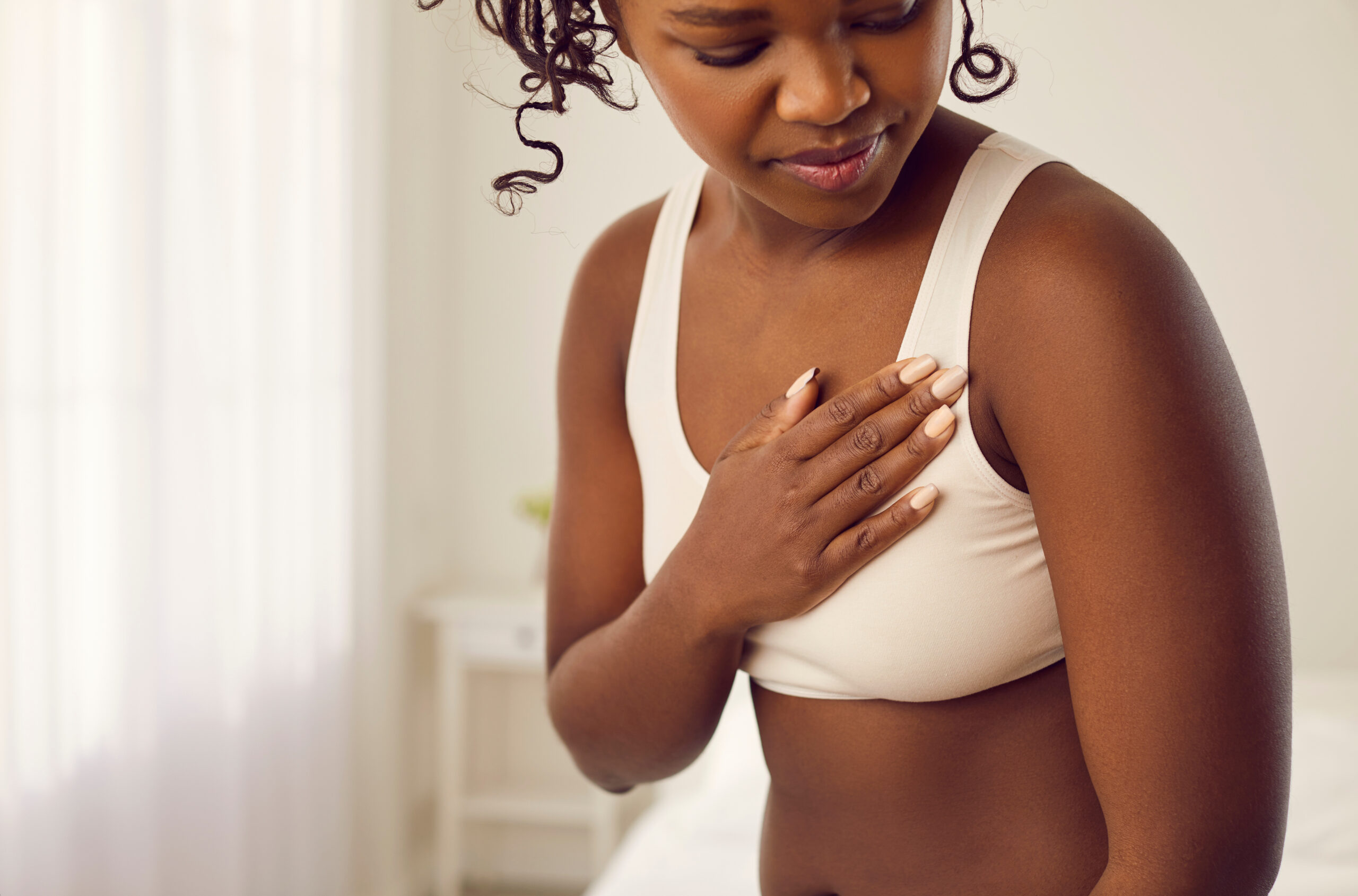Symptoms

Just as no two people are alike, breast cancer symptoms can vary from person to person. Keeping up with regular self-exams and mammograms will enable you to be vigilant and proactive in your health. Being aware of other symptoms and changes that can possibly be cancerous is also beneficial.
Some women may not have any symptoms initially, or feel any lumps, particularly if the lumps are small. In this case, a lump can be detected via a mammogram. Yet some women may detect a lump themselves, through a self-exam or by noticing other changes; or a doctor may discover a lump, which can be the first sign of cancer. Lumps are not consistent, as some lumps can be tender or sore, and soft and round; while others may be painless, hard or shapeless.
Symptoms of breast cancer are not restricted only to lumps, as there are other symptoms that may be indicative of breast cancer. Although these symptoms may also indicate the presence of a cyst or an infection, you should always discuss these symptoms with a doctor. These changes include: swelling in your breast; dimpling or irritation of your skin; pain in your breast; pain in your nipple or your nipple inverting; a lump in your armpit; discharge from your nipple (not breast milk); and changes in your nipple or breast skin, including thickening or redness of the skin, or the skin becoming scaly.
